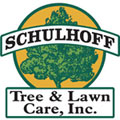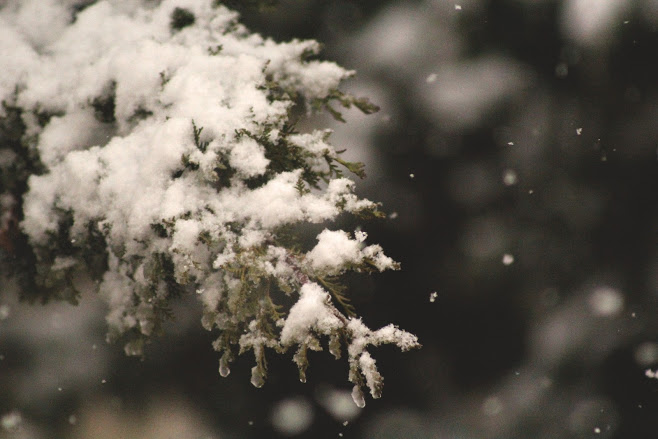Every Coloradan knows that wet or heavy snowfall is dangerous for trees. And while you can’t do anything about the amount or moisture content of the snow itself, you can do a few things to minimize the risk it brings to your trees. Here are a few steps to take before, during, and after a thick or heavy snowfall.
Before the Storm
Regular tree pruning and care is a tree’s best defense against heavy snow. Proper pruning reduces the overall number of branches and leaves, allowing more snow to fall through the canopy rather than accumulating on the tree and weighing it down. Also, tree trimming excises unstable or damaged branches so that they don’t break under the strain of the snow and ice.
Whether or not you’ve had your tree pruned recently, you can also prepare it by adding protection of your own. Burlap is a great way to protect smaller trees (as well as large shrubs) from snow buildup. If possible, temporarily wrap a young or small tree in burlap and secure it at the trunk.
If the tree is too large to wrap entirely, consider adding a tarp or burlap sheet as a side or overhead protector. Which direction does your snow tend to blow in? If it normally blows more from the east, hang up the protective sheet on the east side of the tree to help reduce the amount of snow building up. The more side protection you can add, the lesser the risk from ice and winds.
Concentrate your efforts on trees that are more at risk — such as young trees or those with a thick canopy of leaves. Conical-shaped trees (Christmas tree shape) are more likely to weather the storm well.
During the Storm
As the snow begins to fall, remove anything underneath tree canopies, including cars, equipment or tools, and garden furniture. These items could be at risk if branches break, and anything around the tree trunk or low branches will contribute to snow buildup.
Then, be proactive about snow removal if possible. If you can keep up with the snow as it comes down, calmly shake off the branches at regular intervals. Avoid standing underneath snow-laden branches by using a broom to knock off smaller snow accumulation. However, if you can’t keep up with the snowfall, do not shake the tree once snow has built up significantly. The sudden movement could break branches and injure people.
After the Storm
Once the snow stops and the sun comes back out, assess the condition of your trees. As mentioned, don’t shake off heavy snow. Instead, allow it to naturally melt in the sunlight over a period of time. While it is still in the branches, though, don’t allow anyone (including pets) to walk underneath the canopy.
If you do observe any broken branches or snapped limbs, call right away for a professional tree pruner. Not only are broken trees dangerous to work around, but improper repairs could also cause more damage to the healthy parts of the tree.
Many problems with broken trees during wet snow events come from the type of tree itself. Fast-growing trees — such as elms, true poplars, or birches — tend to be weaker and more prone to breakage. You may, then, want to replace snow-damaged or dangerous trees with hardier varieties before next winter’s storms arrive. An arborist can help you find the best tree species for your situation.
Now is the time to prepare your trees for snowstorms. Whether you’re cleaning up from the last one or want to experience the best results during the next, call the Colorado tree experts at Schulhoff Tree & Lawn Care, Inc., today.

